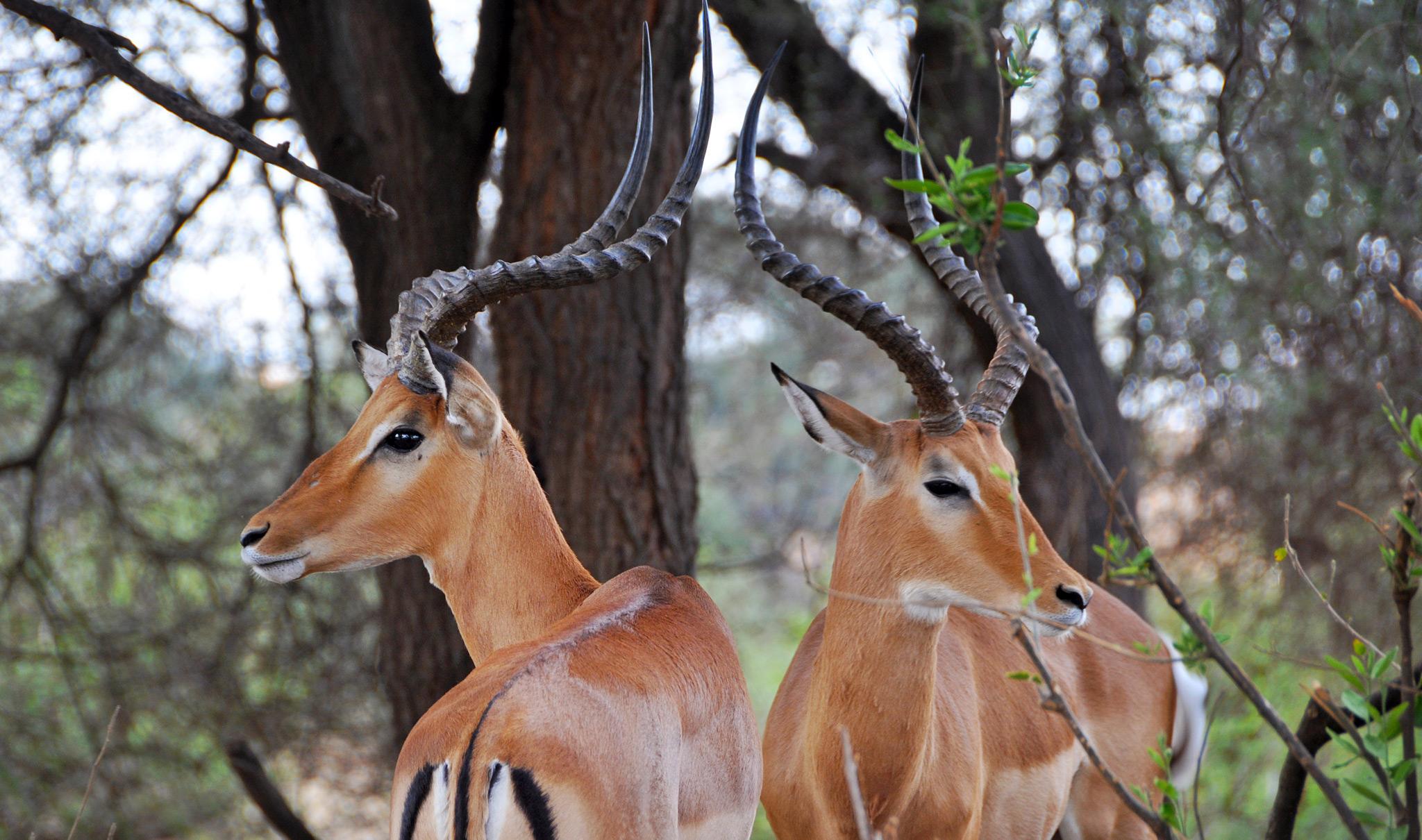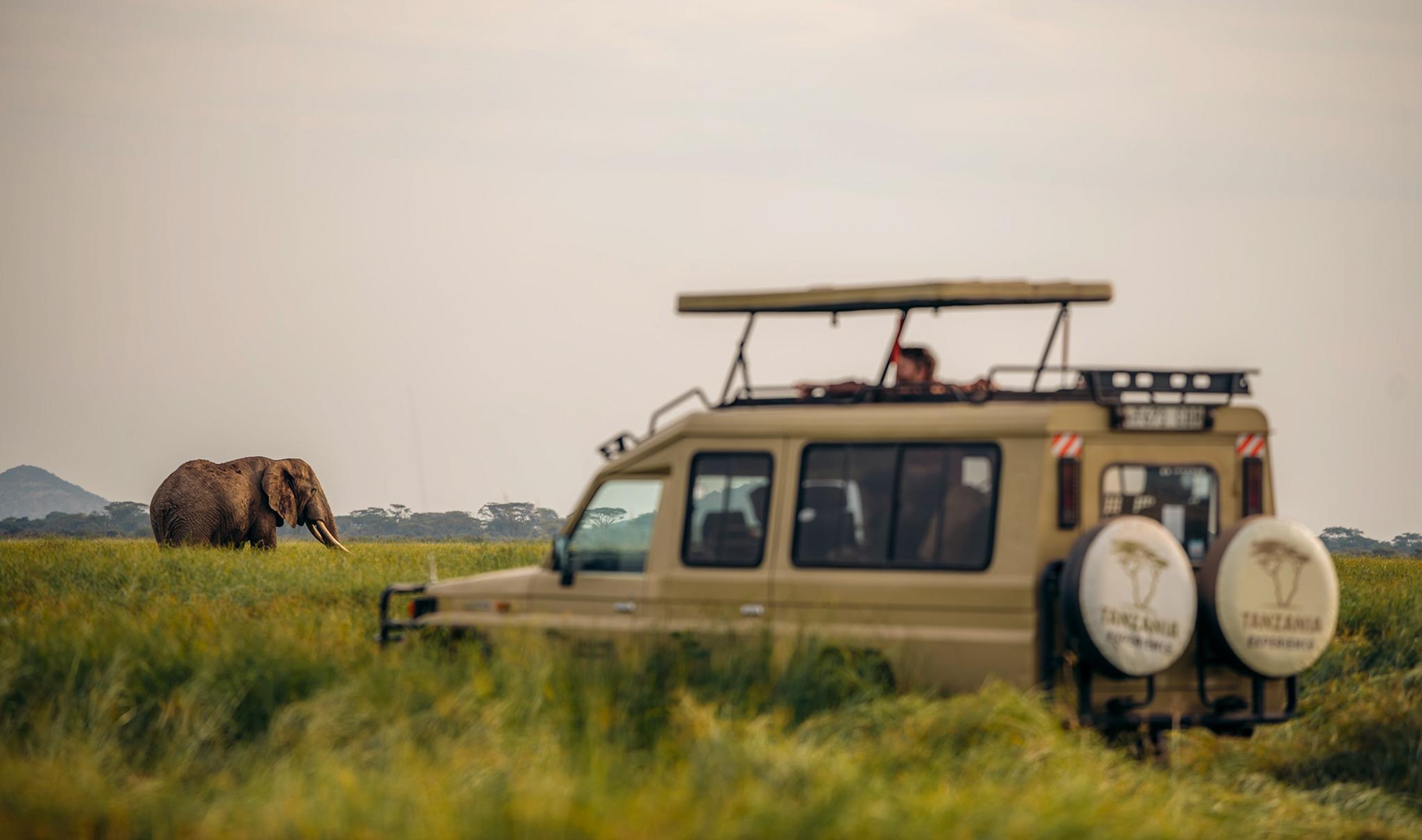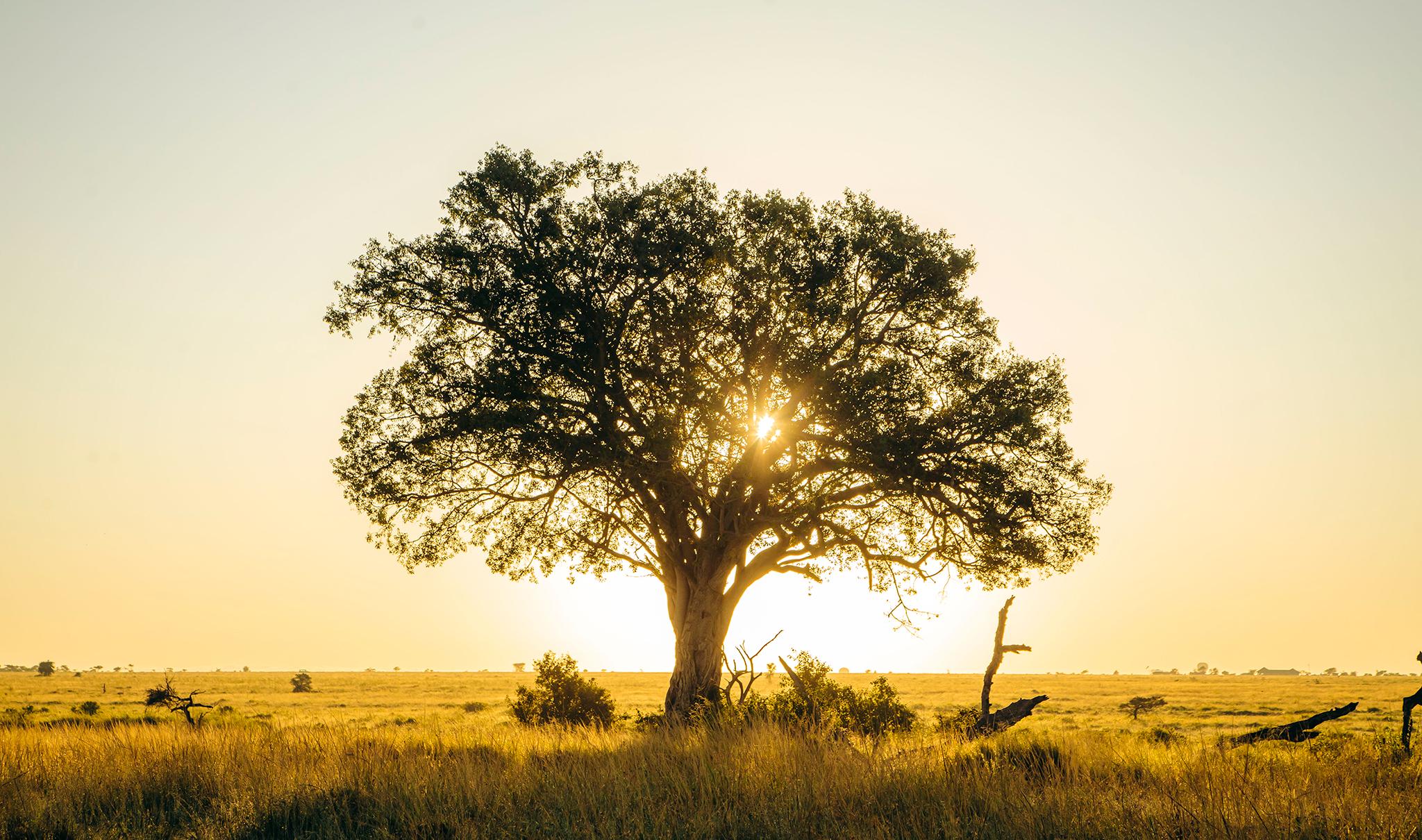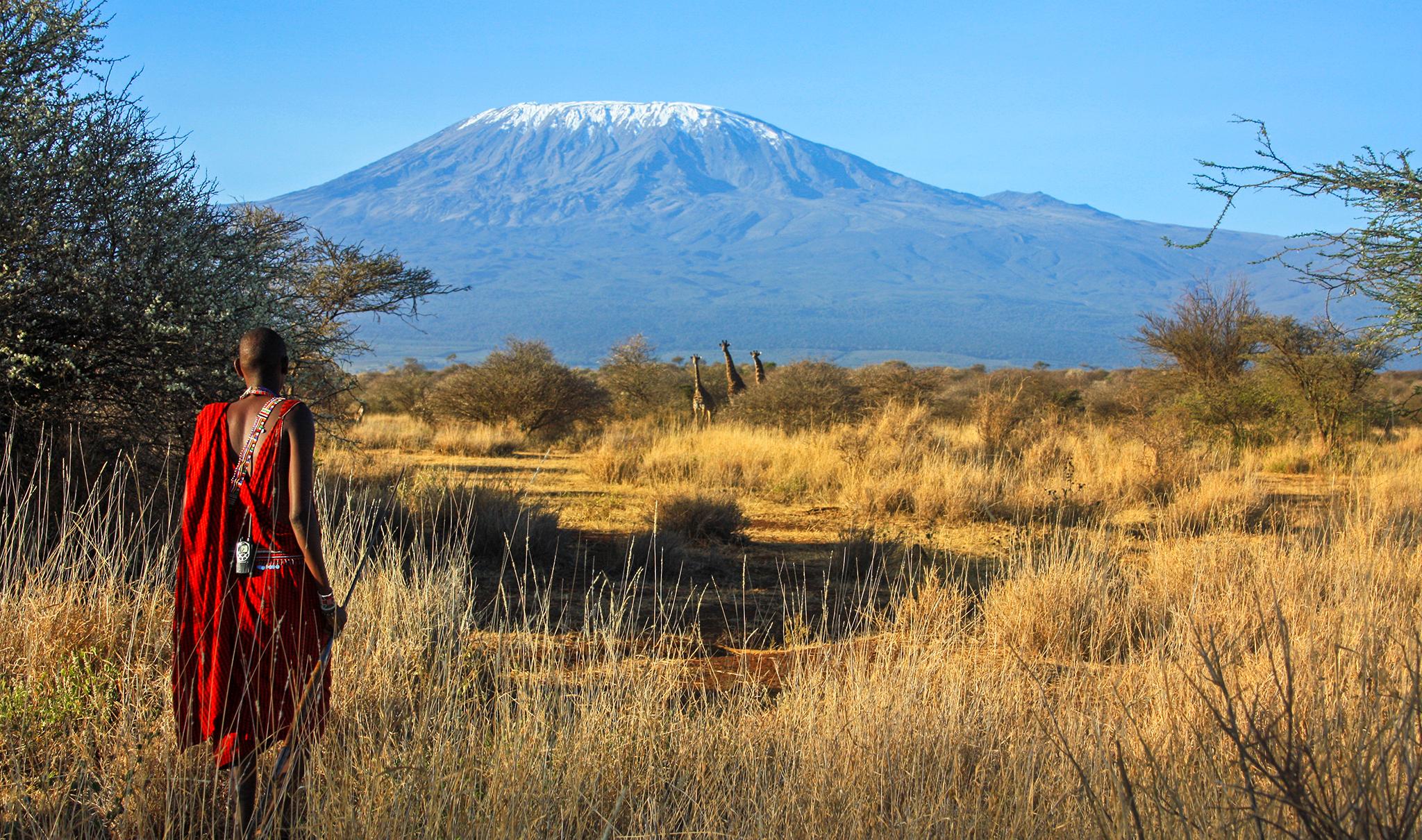When out on safari whether it is in the Ngorongoro Crater or the Serengeti, you are bound to see a lot of antelopes and gazelles. In fact, of the 91 antelopes and gazelle species in the world, the African continent is home to 72 of them.
The most common species of both antelopes and gazelles in Tanzania’s ‘northern circuit’ include Grants gazelles, Thompson gazelles, impalas, wildebeests, hartebeests and topi.

But what are the differences between gazelles and antelopes? This is a question I get asked very often. The answer is simple: all gazelles are antelopes, but not all antelopes are gazelles…
Gazelles are a genus of antelope group and antelopes belong to the bovidae family. Together they make up quite a miscellaneous group which include impala, gazelle, oryx, waterbuck, eland, wildebeest and many more.
All antelopes are ungulates meaning they have even-toed hooves. Gazelles like other antelopes also have a four-chambered stomach. But the main differences lay in their size and horns:
Gazelles are usually also much smaller than other antelopes. The difference in size can easily be compared if you take a Thompson gazelle (which weighs in at around 30kg) and an eland which can weigh a whopping 950kg if not more.
Secondly, in most species of gazelles both male and female animals have horns. For example, with impalas, only males have horns. That’s why an impala is an antelope, but not a gazelle.
Another difference between gazelles and other antelopes is that only gazelles tend to display a behaviour known as stotting. When alerted by a predator they move slowly before leaping vertically in the air. On landing, they open up the throttle and can easily escape most predators.
Gazelles can often be seen on the open plains of southern Serengeti. They are adapted to graze on the lower shorter shoots which are left by other larger antelopes. This makes competition for food easier.
Whether gazelle or another genus of antelope, each animal in the wild has some unique features and can be admired for their individual beauty.
List of the most common gazelles in Sub-Sahara Africa
- Thomson’s Gazelle (Eudorcas thomsonii)
The fast Thomson’s Gazelle – or tommie – is probably the most common gazelle in East Africa’s savannahs and grasslands and you have a very good chance of seeing it when on safari. They can reach speeds of up to 70kmh; males weigh up to 35kg and females up to 25kg. They have a sandy-coloured coat with a black stripe on the sides. Males as well as females have horns. - Grant’s Gazelle (Nager granti)
As the name suggests, these antelopes are gazelles; they live in open grass plains and shrub lands. Females can weigh around 35 to 50kg, while males weigh around 50 to 80kg. Both males as well as females have horns. At first sight they may look similar to Thomson’s Gazelles; however, Grant’s gazelles are in fact larger and have longer horns. - Gerenuk (Litocranius walleri)
The gerenuk is characterised by its very long neck that may remind you of a giraffe. It has a comparably small head with large eyes and brown-reddish coat and can be as tall as 105cm. Only male gerenuks have horns. The slender antelope which can be considered a gazelle can weigh up to 50kg (males) and 45kg (females). Its habitat is mainly in the Horn of Africa, but you can see it in northern Kenya and some areas of Tanzania. - Oribis (Ourebia)
You can find the small Oribi gazelle throughout East, South and West Africa. It weighs around 20kg and reaches a shoulder height of about 65cm; males are slightly smaller than females. Oribi live in grasslands, savannah and floodplains. Only the males have horns, which are quite small, thin, and straight. - Springbok (Antidorcas marsupialis)
Springboks can only be found in Southern Africa, mainly in South Africa and Namibia. They look similar to the Thomson’s Gazelle of East Africa with their black stripe on the flanks. Springboks weigh up to 40kg and are up to 85cm tall. Both males and females have horns. - Impala (Aepyceros melampus) – are not gazelles
Arguably counter-intuitive: Impalas are antelopes, but impalas are not gazelles. While they are comparably small at around 40 to 80kg, they are still not considered a gazelle. Impalas are one of the most commonly seen antelope while on safari in Tanzania as well as all over East and Southern Africa. Other commonly seen antelopes such as wildebeest, eland and oryx are not considered gazelles either.
 on Tripadvisor
on Tripadvisor





Great information here ‘stotting before opening full throttle’ I love that,keep doing the good work.
good and well understood.
Reminds me of my behavior on the road with a nondescript sleeper on the road….slow and lazy until taunted by a playful noisy user. I always get that feeling the gazelle gets when The adrenaline kicks in.
So the photo on the bottom…what is it? Can you label these photos please?
Dear GE,
thank you for your question. Sorry to make it not clear. The picture at the bottom shows a male Impala.
As it says in the text:
“For example, with impalas, only males have horns. That’s why an impala is an antelope, but not a gazelle”
The picture above shows a Topi antelope and the the banner image shows a Grant’s gazelle.
We hope this answers your question.
Yes.. with regards to the stotting and the full throttle: it also rhymes!
wow now i know that not all the antelopes are gazelles
Yes, I have got the difference btn gazelles and antelopes.
Though, I get confused with size of antelopes and gazelles.
When you visit Serengeti national park you come into contact with both, and gazelles are seem to appear bigger than antelopes.
Hey I need to know types of gazzels species found in Tanzania
How many gazzel species found in Tanzania